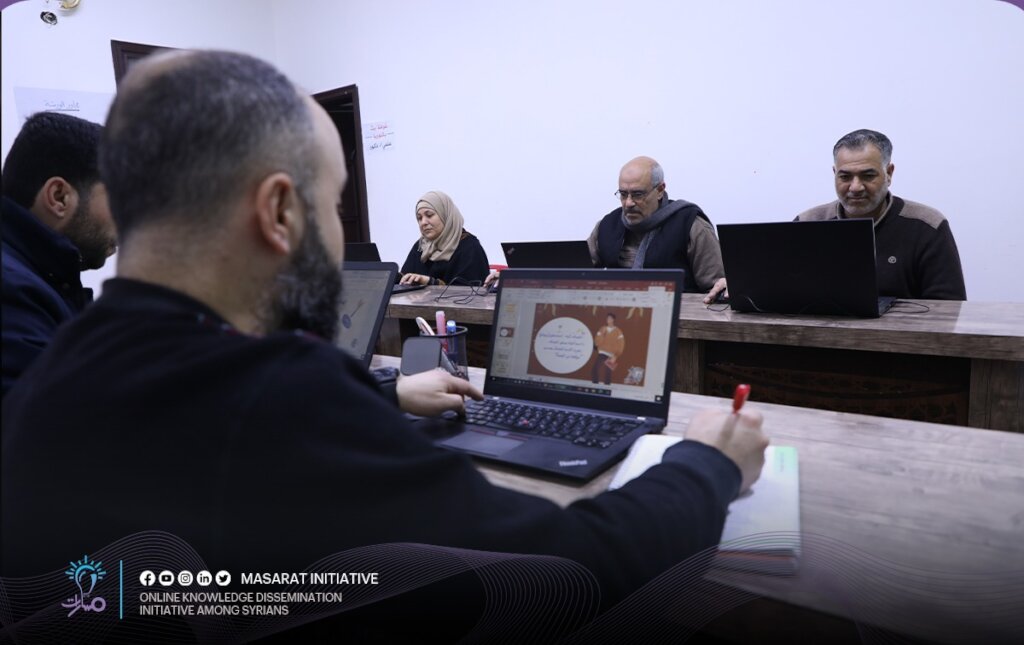SWOT Analysis is not an individual invention but is attributed to American researcher Albert S. Humphrey, who developed this method as part of a research project at the Stanford University Institute of Business Studies between 1960 and 1970. Since then, SWOT analyses have become a popular tool in business management and strategic planning.
What is Strategic Planning
Strategic planning is the process of defining an organization’s key goals and identifying the ways to achieve those goals in the long term. Strategic planning involves setting a vision and mission for the organization, analyzing the internal and external environment, and identifying effective strategies and plans to achieve the outlined objectives.
Key Steps in the Strategic Planning Process
1- Defining Vision and Mission: Setting the overall direction and key aims of the organization
2- Environmental Analysis: Studying external and internal factors affecting the organization’s performance, such as political, economic, social, and technological developments.
3- Strategy Formulation: Identifying the general directions the organization will follow to achieve its goals, such as business expansion or new product development.
4- Plan Development: Transforming strategies into specific activities and timelines, and allocating the necessary resources for their implementation.
5- Monitoring and Evaluation: Regularly monitoring progress and evaluating results, making necessary adjustments to improve performance.
Strategic planning helps organizations achieve their long-term orientations and adapt to emerging challenges and opportunities in the competitive environment.
How to Use SWOT Analysis and Its Steps
SWOT Analysis is a strategic tool used to assess an organization’s, project’s, or business idea’s Strengths, Weaknesses, Opportunities, and Threats. SWOT Analysis is typically carried out through the following steps:
Strengths Analysis
- Identifying the organization or project’s advantages and benefits.
- Focusing on internal resources available such as unique human skills, advanced technologies, and good reputation.
- Attempting to leverage strengths to outperform competitors.
Weaknesses Analysis
- Identifying factors that hinder the organization or project’s performance.
- Focusing on areas for improvement such as resource shortages, poor planning, or infrastructure weaknesses.
- Developing strategies to strengthen or effectively address weaknesses.
Opportunities Analysis
- Identifying positive trends in the external environment that can be exploited.
- Anticipating future opportunities such as increased demand for specific products or changes in laws and regulations.
- Developing strategies to take advantage of available opportunities and increase competitiveness.
Threats Analysis
- Identifying external factors that could pose risks to the organization or project.
- Analyzing potential threats such as market or technological changes or political shifts.
- Developing strategies to effectively deal with threats and minimize potential risks.
After conducting the analysis, the organization or project can use the results to better guide planning processes and make future strategic decisions, helping to improve performance and achieve set goals.
In conclusion, this article has detailed the importance of SWOT Analysis as a strategic tool in business strategic planning. SWOT Analysis is not just a framework for assessing the current situation of organizations but a crucial step towards a deeper understanding of strengths and weaknesses, and identifying the opportunities and threats faced. Through systematic and accurate application of this analysis, organizations can steer their course towards success and excellence in a changing competitive environment.
Strategic planning, supported by SWOT Analysis, enables organizations to draw a clear roadmap for the future, including setting ambitious goals and developing appropriate strategies to achieve them. This type of planning not only enhances the organization’s ability to deal with current challenges but also allows it to foresee future opportunities and prepare for them effectively.
Ultimately, SWOT Analysis and strategic planning are integral elements in the successful business management process. Organizations should continuously adopt these tools, not as a one-time event, to ensure adaptability and responsiveness to rapid changes in the external environment. Thus, strategic planning becomes not just a means of survival but also a way to excel and achieve leadership in the business field.
Author: Eman Al-Faraj, Operations Manager at Masarat Initiative






